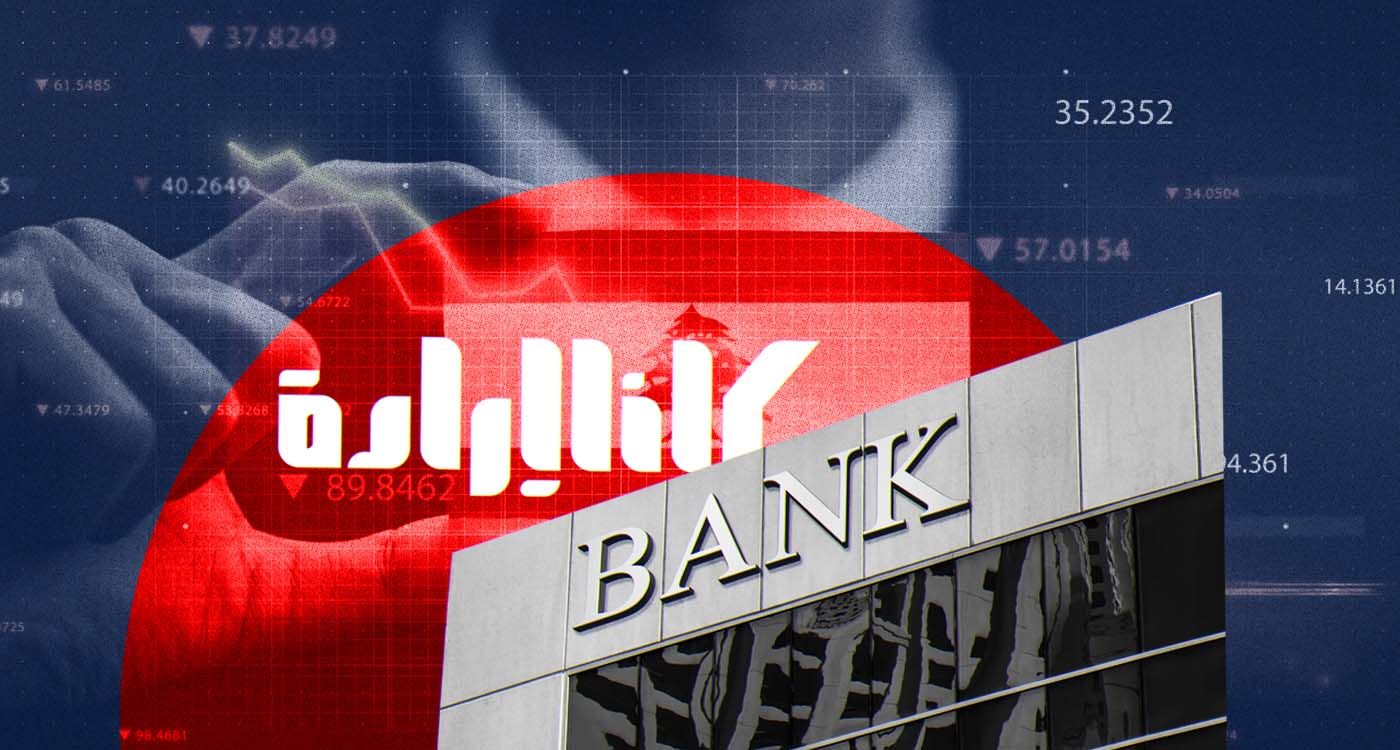
Imagine a ship caught in a storm – battered, leaking and listing dangerously – while its crew argues not over how to navigate to safety, but whether to abandon ship entirely or simply repaint the deck. This is Lebanon today: a country sinking under the weight of a financial collapse, and yet, paralyzed by a bitter ideological struggle over who should take the helm of its central bank.
At the heart of the debate is Kulluna Irada, a movement that claims to represent reformist ideals and is backed by leftist factions. They want a radical overhaul, a near-complete dismantling of Lebanon’s banking sector. In their view, the banks – that facilitated capital flight post-2019 – are culpable for the collapse and must be held to account, even if it means erasing the life savings of ordinary depositors. To them, any proposal that involves selling state assets to cover losses is a non-starter; the public sector bears no blame, they insist.
Yet this narrative conveniently overlooks a crucial fact: the Central Bank of Lebanon spent over $16 billion on subsidized materials after the crisis erupted – funds that were meant to stabilize the economy but instead often fueled corruption and black-market profits. The leftist factions, which champion a policy of zero accountability for the government, ignore how this spending spree was not the work of banks alone. The state drained what was left of Lebanon’s foreign reserves, and now, the Central Bank is claiming a $16.5 billion debt that the government owes. If the left’s approach is taken at face value, the government escapes scrutiny while the banking sector bears sole blame. That is not reform; it is scapegoating.
On the other side are those seeking to protect the banking system, advocating for a strategy that converts deposits into government debt and restructures Lebanon’s Eurobonds. Their argument? Keep the banks alive, even if it means transferring the burden to a notoriously corrupt state. Both approaches are flawed, but the leftist proposition threatens to take Lebanon from collapse to catastrophe.
Let’s be clear: eliminating 95% of Lebanese banks and opening the sector to foreign competitors isn’t “reform.” It’s a liquidation sale. When you destroy the local banking industry in a country with no functioning economy, you don’t clear the way for a fresh start – you create a vacuum. Foreign banks would swoop in, cherry-picking profitable clients while leaving average citizens without access to basic financial services. Lebanese entrepreneurs, already suffocating under hyperinflation, would find themselves struggling not just with the collapse of local credit but also with the cold calculus of international capital.
The better path is a tough but pragmatic restructuring. Keep 80% of the banks alive – yes, 80%, not the reckless 5% proposed. Force accountability, but also create pathways for recovery. Banks that enabled capital flight should reinvest in the domestic economy, granting credit to productive sectors, not speculative trading. A portion of their future profits should go toward repaying depositors, with a transparent mechanism monitored by international partners.
In failed economies, the answer is not to swing left in ideological fervor but to pivot right toward policies that invite investment, stimulate growth, and restore confidence. Lebanon doesn’t need to burn down its financial institutions; it needs to rebuild them with integrity and a clear sense of national interest. Appointing a central bank head with a political agenda to settle scores will not stabilize the economy – it will deepen the crisis.
This is not the time for ideological experiments. Lebanon needs a steady hand on the tiller, a captain who understands that in rough waters, you reinforce the hull – you don’t scuttle the ship.





Comments